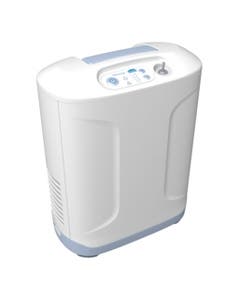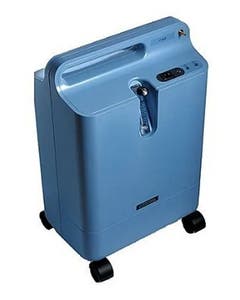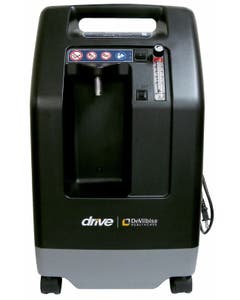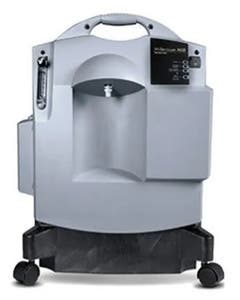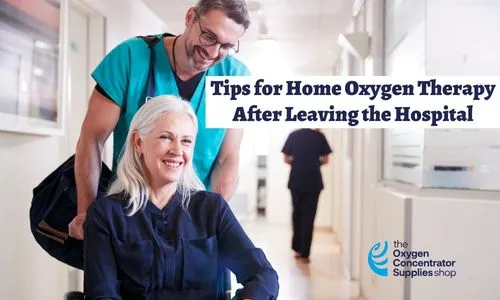
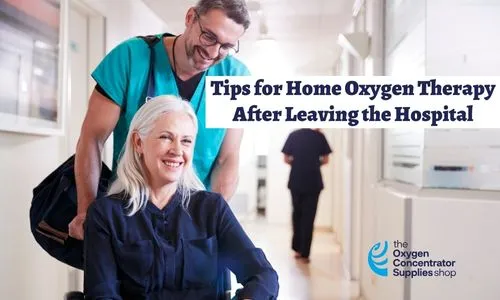
After being treated with a respiratory illness in the hospital, your care may continue with oxygen therapy at home. Your doctor will prescribe how much oxygen therapy you will need and may recommend an oxygen concentrator for your therapy.
Tips for Beginning Oxygen Therapy
- Familiarize yourself with your oxygen concentrator. Learn how to turn it on and off and read the manual for recommendations on oxygen tubing and cannulas.
- Follow the doctor’s prescription for flow setting and never set the flow setting differently than what has been prescribed.
- Follow the cleaning and maintenance recommendations for your oxygen concentrator, tubing, cannula, and other supplies.
Tips for Adjusting to Oxygen Therapy
- Choose an oxygen concentrator that fits your lifestyle. If you only need oxygen therapy at night, you may only require a home oxygen concentrator. If you need therapy while exercising or on the go, then a portable oxygen concentrator is your best choice.
- Be patient with the treatment. You may be tempted to stop treatment if you start to feel better, but home oxygen therapy is prescribed for a reason. Neglecting oxygen therapy is like not taking prescribed medicine.
- Follow all the safety guidelines for using an oxygen concentrator. Pure oxygen is flammable, and you need to take the necessary precautions with your new equipment.
Is There Any Risk to Home Oxygen Therapy?
While oxygen concentrators are fairly safe, there are still safety rules that need to be followed.
- Keep your oxygen concentrator away from fire sources like stovetops or fireplaces.
- Avoid using petroleum-based personal lotions or creams, as they are flammable. Use water-based products instead.
- Do not smoke around your oxygen concentrator or during oxygen therapy
- Keep your oxygen concentrator away from common flammable household products such as aerosol sprays.
How to Check Whether My Oxygen Therapy is Going Right or Wrong
If you feel like your breathing is strained even during oxygen therapy speak to your doctor about changing your flow setting. Never adjust your oxygen concentrator on your own. Too much oxygen can be dangerous.
Oxygen therapy at home side effects are also common. Skin irritation and dryness in your nose are frequent complaints from wearing a mask or cannula constantly during oxygen therapy. Use a water-based moisturizer to help soothe these irritations.
How to Succeed with Your Home Oxygen Therapy
Follow doctor’s orders to get the best results from your home oxygen therapy. Be sure to use follow up tests to see your progress from therapy. A pulse oximeter is an easy at home device for measuring blood oxygen levels, so you can keep track of your improvements. You can also get a blood gas test from your doctor for more accurate blood oxygen readings.
If you need advice on which machine best fits your needs after a hospital stay, our customer care team is here to help. Give us a call at 888.941.1688 or email us at contact@oxygenconcentratorsupplies.com.
This post was originally published on April 21, 2021, and updated on January 3, 2024.



